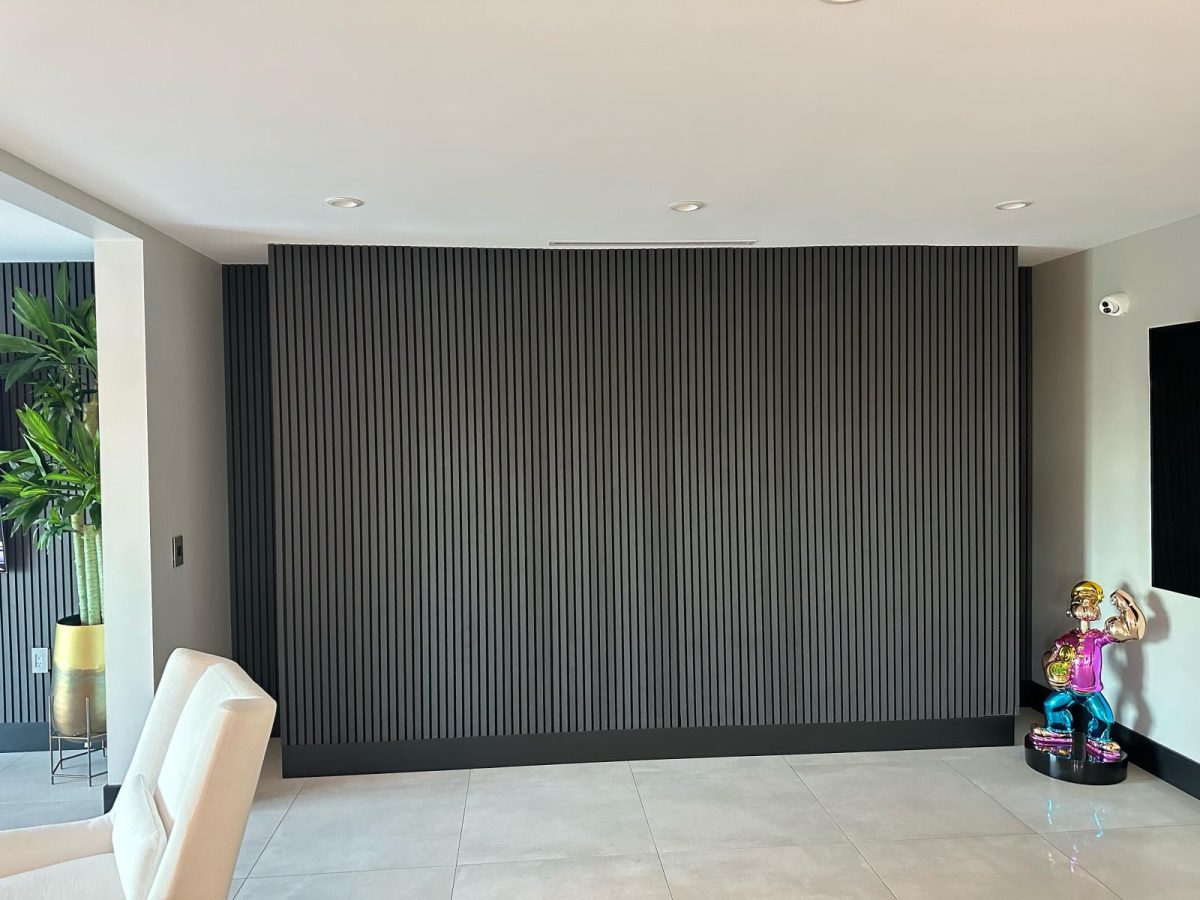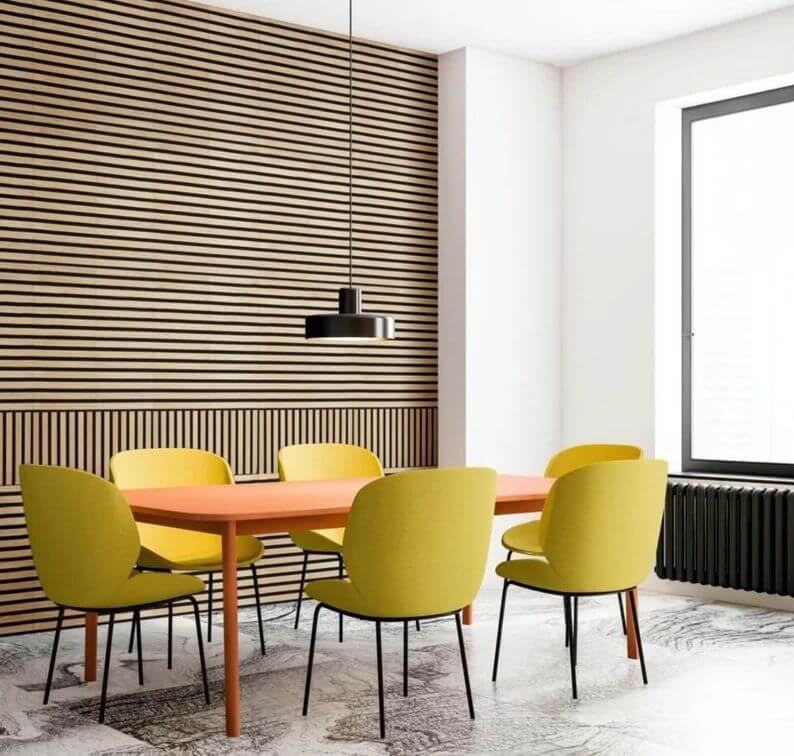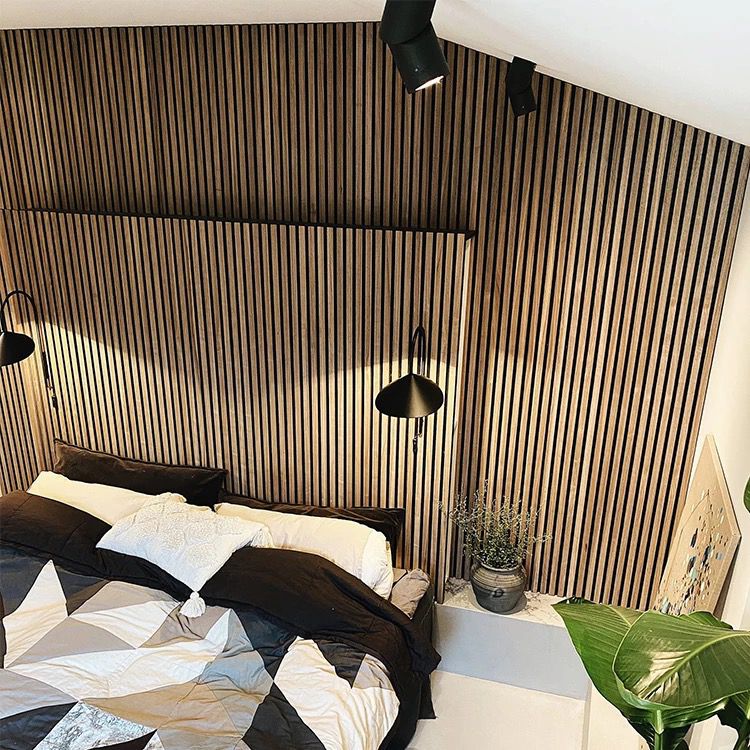A wood panel wall can turn an ordinary room into a rich, inviting space. With its natural grain, warm tones, and timeless texture, wood brings a grounded, elegant character to interiors. But like any design feature made from organic material, wood panels need attention and care to maintain their original charm.
Why Maintenance Matters for Your Wood Panel Wall
Wood, by nature, is durable but sensitive. Without proper upkeep, even the highest-quality wood panel wall can dull, warp, or lose its luster over time. The good news? A simple care routine goes a long way in preserving its beauty and extending its lifespan.
Whether you’re decorating a cozy home office or styling a sleek feature wall in a modern apartment, keeping your panels clean, protected, and conditioned ensures they always look their best.
Protect Panels Against Moisture and Direct Sunlight
Humidity and temperature shifts are major threats to any wood panel wall. Overexposure to moisture can cause warping, while constant sunlight may lead to fading. In locations where climate changes are common, using a dehumidifier and UV-filtering window treatments can help balance environmental exposure.
Keep wood panels away from direct heat sources like radiators or fireplaces. Consistent room temperature and airflow will help prevent cracking or expansion.
Gentle Cleaning is Key
Never use abrasive pads or harsh chemicals when cleaning wood. Instead, use a soft, dry microfiber cloth to remove dust weekly. For fingerprints or smudges, lightly dampen the cloth with water and a mild wood-safe cleaner. Wipe with the grain and always follow with a dry towel to prevent moisture absorption.
Natural finishes like the natural walnut wood demand extra care. Avoid oil-heavy polishes that may discolor or dull the natural matte finish over time.
Prevent Scratches and Dents
While wood panels are tough, they’re not invincible. Furniture bumps, careless handling, or kids at play can cause unwanted dents. Place protective pads on furniture that touches the panel wall and avoid hanging heavy objects without proper supports. You can also use decorative moldings to frame the panel, adding an extra layer of protection along the edges.
Keeping Your Wall Panels Looking Like New
Routine care isn’t about perfection—it’s about consistency. A little attention every month helps preserve the natural beauty of your wood panel wall without the need for costly repairs or replacements later.
Seasonal Touch-Ups
During seasonal changes, wood may slightly expand or contract. This is normal, but it’s a good time to inspect for any loose panels or minor gaps. Use wood filler or a matching touch-up pen for small nicks or scratches, especially in high-traffic rooms or commercial spaces.
Refreshing the Finish
If your panels start to look dull after years of use, consider applying a wood conditioner or light veneer-safe sealant. Always test on a small section before treating the whole wall. Avoid glossy overcoats unless you want to change the appearance entirely.
Working with design professionals or consulting resources like this digital solutions platform can help you choose the right finish or treatment for your interior style.
FAQs About Wood Panel Wall Care
Q1: How often should I clean my wood panel wall?
A: Dust weekly and deep clean monthly using a soft, slightly damp cloth and mild wood cleaner.
Q2: Can I install wood panels in a bathroom or kitchen?
A: It’s possible but not recommended unless panels are moisture-resistant and installed with proper ventilation.
Q3: What should I do if a panel starts to warp?
A: Warped panels should be replaced or resecured by a professional. Prevent future warping by maintaining stable indoor humidity levels.
Q4: Are refinishing products safe for all wood panels?
A: Not always. Use only products specifically made for the type of finish on your panel. Always test in an inconspicuous spot.
Q5: Can I use natural wood panels in small rooms?
A: Absolutely. Darker tones may make a room feel cozier, while lighter panels can add depth and visual space. Many homeowners are using panels to creatively style compact interiors.
Final Thoughts
Your wood panel wall is more than a decorative feature—it’s a long-term design investment. With mindful care, regular cleaning, and seasonal maintenance, your panels will continue to bring warmth, character, and a sense of sophistication to any space for years to come.



